New study suggests Moon 'turned itself inside out' over billions of years
- Published
- comments
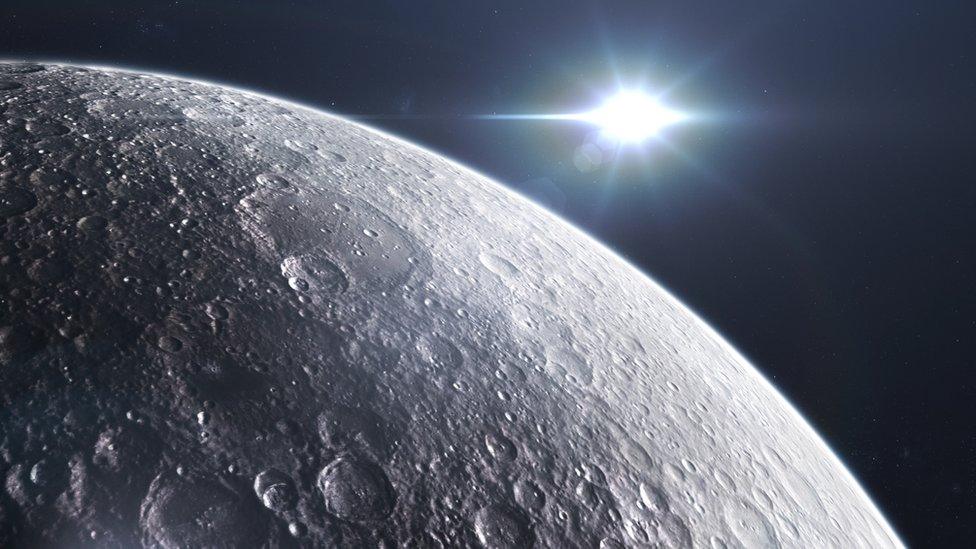
Most scientists agree that the Moon was formed around 4.5 billion years ago after a small planet smashed into Earth, flinging molten rock into space which then cooled and formed the Earth's satellite.
But researchers now think they have solved another mystery about how the Moon was formed.
A new study suggests that the Moon's was turned "inside out" over billions of years.
Experts say their findings could help us better understand the evolution of our moon, as well as how planets such as Earth or Mars developed.
What's happened?
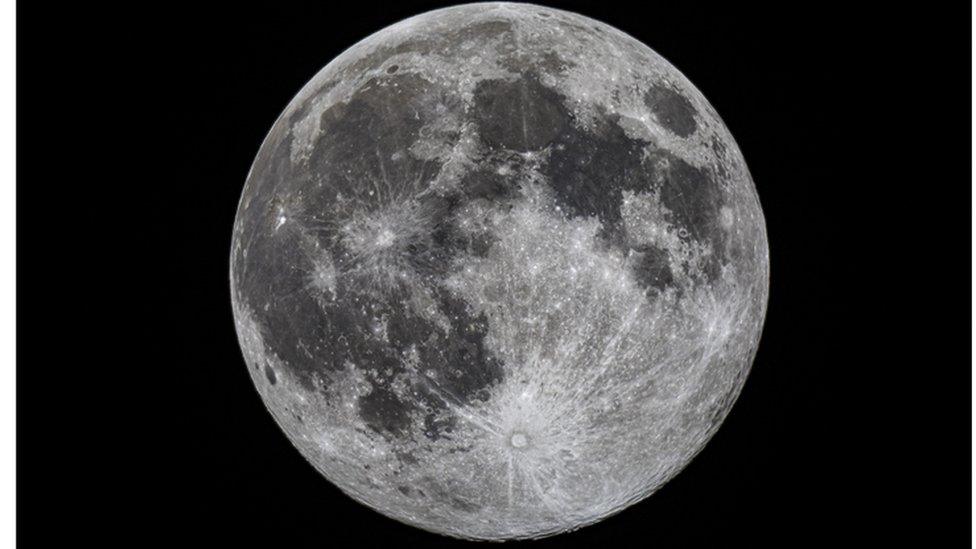
Experts believe the Moon formed very quickly at high temperatures
A team of scientists from the University of Arizona's Lunar and Planetary Laboratory in America decided to look closer at how the inside of the Moon evolved.
Most of what is known about the origin of the moon comes from rock samples which were collected and brought back to Earth by Apollo astronauts more than 50 years ago, as well as computer predictions and models.
Experts say that because the Moon formed fast and hot, it was likely covered by a global magma ocean.
As the molten rock gradually cooled and turned solid, it formed the moon's mantle and the bright crust we see when we look up at a full moon at night.
But deeper below the surface, it was a very different picture.
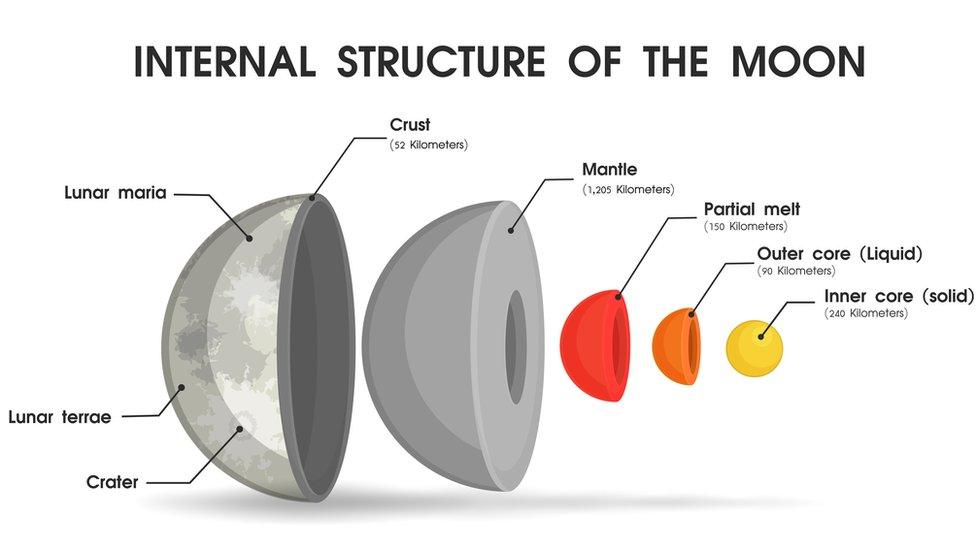
Diagram shows the structure of the Moon
Computer models suggest that the last bits of the magma ocean crystallised into heavy minerals including ilmenite - a mineral containing titanium and iron.
Weigang Liang, who led the research at the University of Arizona explained that because these heavy minerals are denser than the mantle underneath, "you would expect this layer to sink deeper into the Moon's interior."
However, high concentrations of titanium were found by astronauts in volcanic rocks on the Moon's surface - leaving scientists confused as to how and why they got there - until now.
As the Moon orbits the Earth, we see the Moon from different angles each night.
It appears to change shape as we see different parts of the surface lit up. These shapes are called the phases of the Moon.
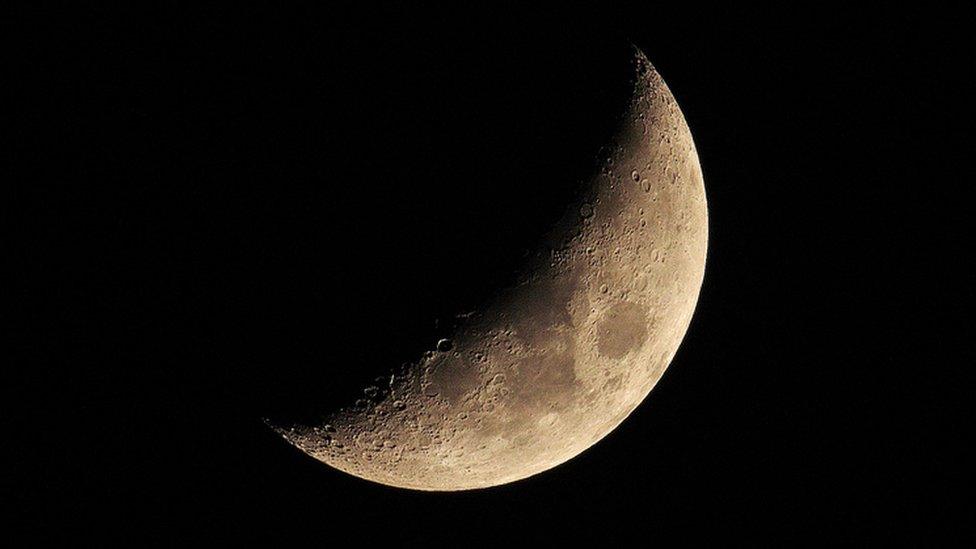
Experts now think that the dense material sunk into the inner layers of the Moon, melted and returned to the surface as titanium-rich lava flows that we see on the surface today.
"Our moon literally turned itself inside out," explained co-author of the study, Professor Jeff Andrews-Hanna.
He added: "For the first time we have physical evidence showing us what was happening in the Moon's interior during this critical stage in its evolution, and that's really exciting."
- Published5 April 2024
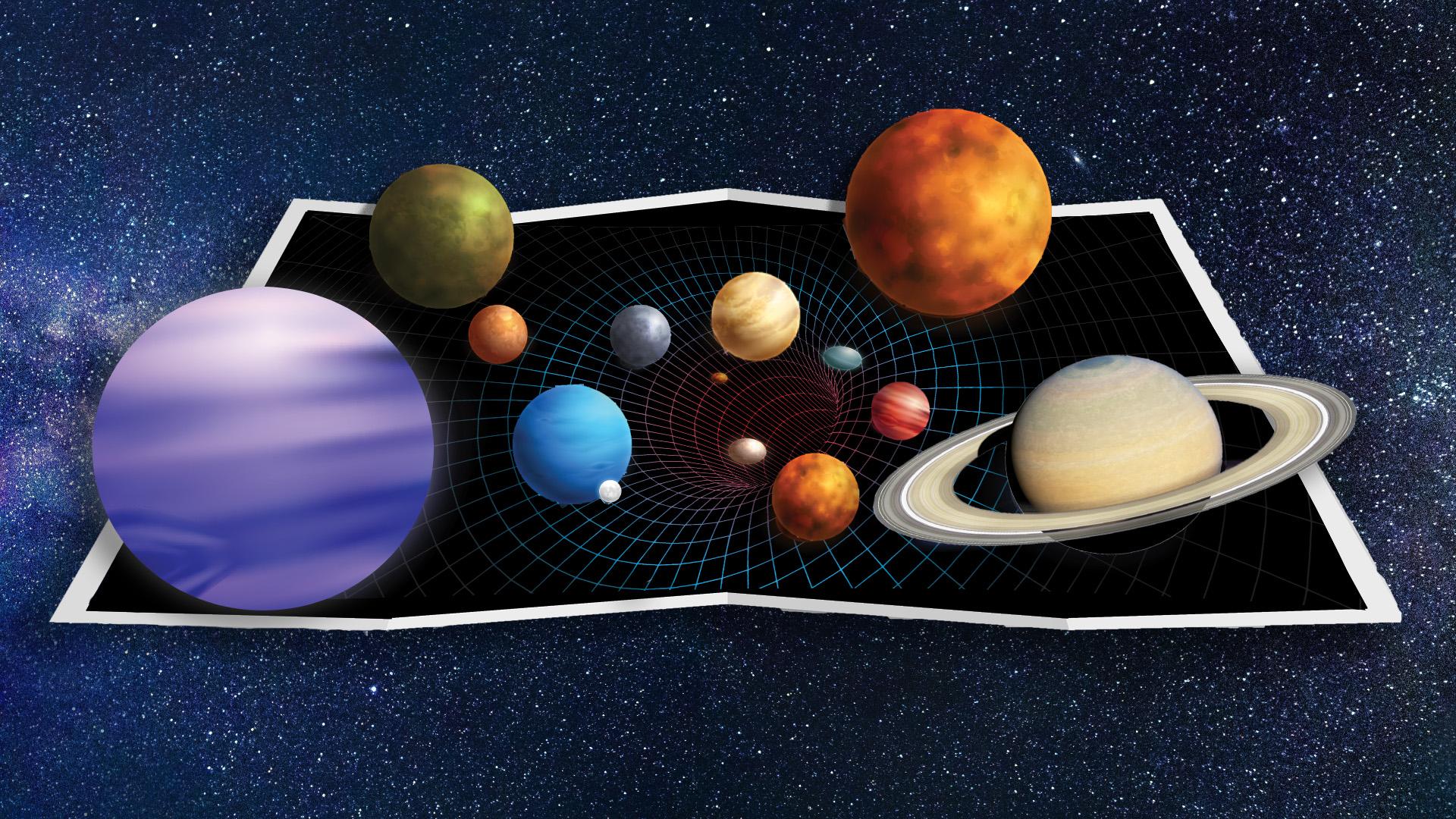
- Published29 March 2024

- Published3 April 2024

